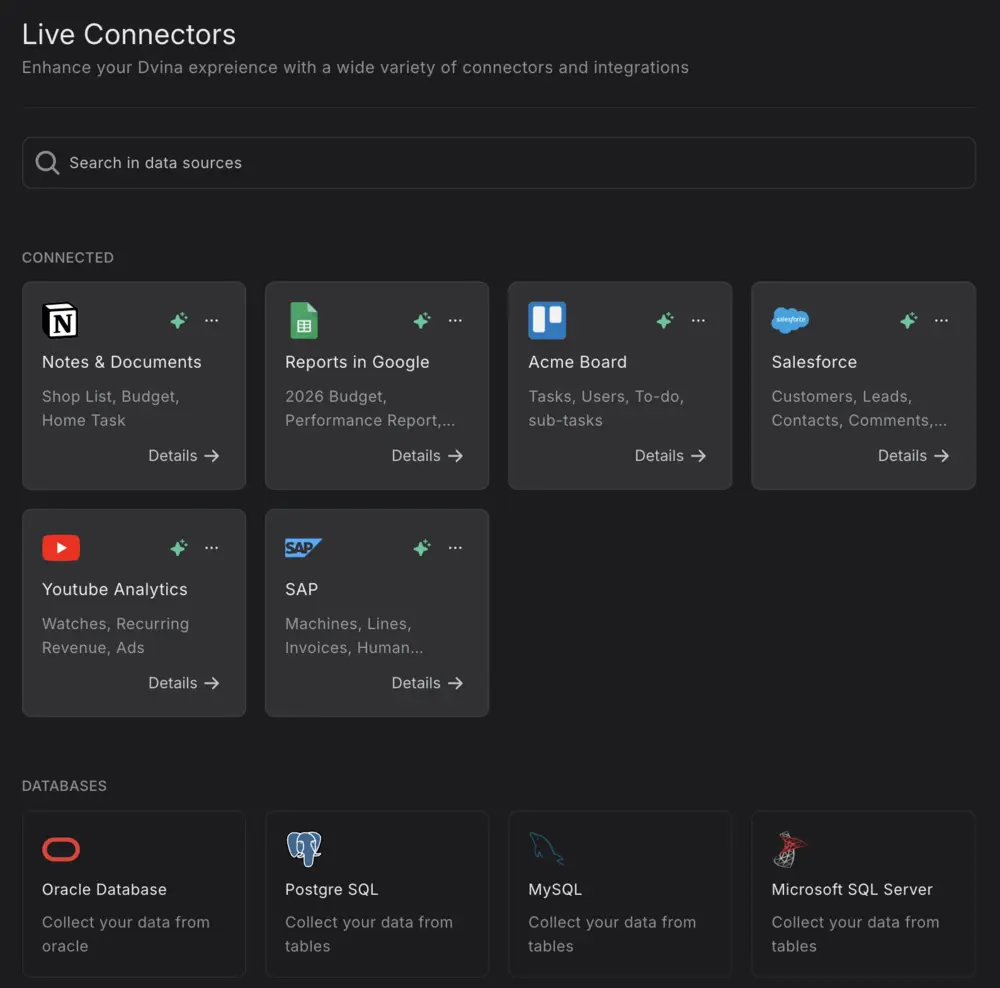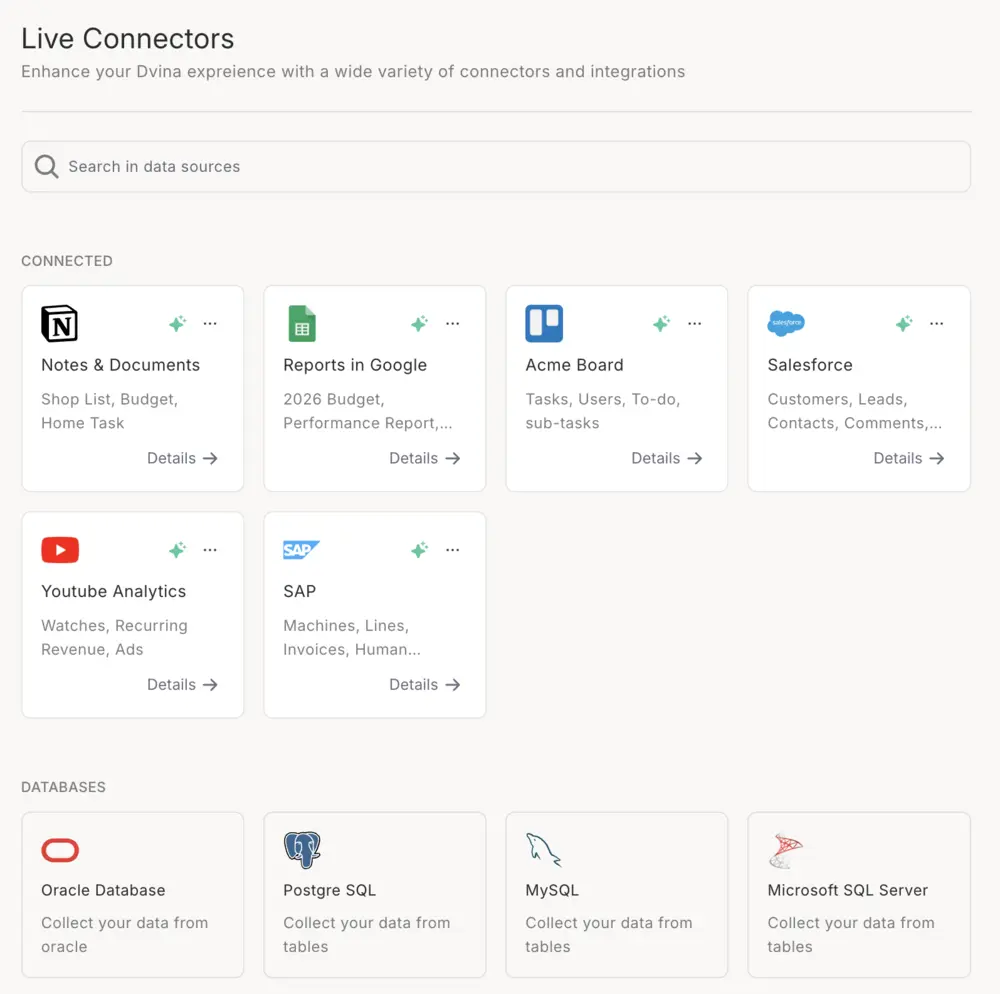Order by Region
Tim, the analysis of the correlation between region and product categories reveals several important trends and preferences:
Key Findings:
Regional Distribution of Product Categories:
- Electronics: Most popular in Europe (245 purchases), Canada (230), and the United States (220), indicating a strong demand for tech products in Western markets.
- Furniture: Highly favored in China (232 purchases), Europe (251), and the United States (234), showing global interest in home living products.
- Baby Products: Significantly higher sales in Canada (296) and the Middle East (250), pointing to region-specific consumer needs or demographics.
- Outdoor Gear: High demand in the United States (253) and Canada (253), aligning with the active lifestyle trend in North America.
- Shoes: More prevalent in Europe (232) and Canada (250), suggesting fashion-forward preferences in these areas.
Total Purchases by Region:
- Canada: 1991 purchases, leading all regions in total sales.
- Europe: 1898 purchases, strong across diverse product categories.
- United States: 1883 purchases, with particular interest in electronics and outdoor products.
- China: 1882 purchases, driven by furniture and clothing.
- Middle East: 1854 purchases, with higher activity in baby and clothing categories.
Total Purchases by Product Category:
- Baby Products: 1247 purchases, indicating a high demand across regions.
- Clothing: 1197 purchases, particularly strong in China and the Middle East.
- Shoes: 1192 purchases, mostly popular in Europe and Canada.
- Outdoor Gear: 1187 purchases, especially in the U.S. and Canada.
- Furniture: 1181 purchases, led by China and Europe.
Conclusion:
The data shows that specific product categories perform differently across regions, highlighting the importance of regional targeting in marketing and inventory planning. For example, the high interest in baby products in Canada suggests that e-commerce businesses should tailor promotions and product offerings accordingly. Understanding these correlations helps in:
- Optimizing supply chains
- Personalizing user experiences
- Driving regional growth more effectively.








